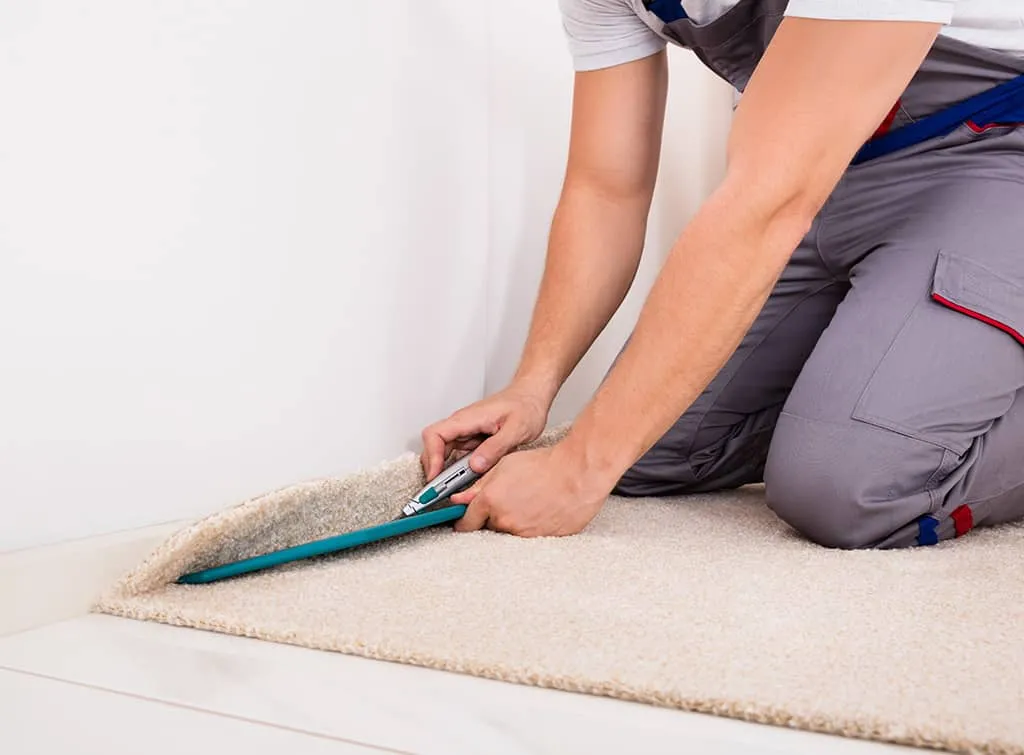When it comes to transforming the ambiance and comfort of a room, few things rival the impact of a plush, well-installed carpet. However, achieving that perfect finish requires more than just picking out the right carpet; it’s all about proper carpets fitting and installation. Whether you’re a DIY enthusiast or planning to hire a professional, understanding the process is crucial. Let’s delve into the essential steps of carpet fitting and installation.
Measurements Matter: Before you even think about purchasing carpet, accurate measurements are a must. Measure the length and width of the room, accounting for any alcoves or unusual shapes. Add a little extra to each measurement to allow for trimming during installation. If you’re unsure, consulting with a professional can save you from costly mistakes.
Choosing the Right Underlay: Don’t overlook the importance of underlay. It provides essential cushioning, insulation, and prolongs the life of your carpet. The type of underlay you choose depends on factors such as the carpet type, subfloor, and desired comfort level. Ensure it’s properly fitted and secured to prevent any shifting or wrinkling of the carpet.
Preparing the Subfloor: A smooth and clean subfloor is essential for a flawless carpet installation. Remove any existing flooring material and thoroughly clean the surface. Address any imperfections such as cracks or bumps, as they can show through the carpet over time. A well-prepared subfloor ensures a level surface for laying the carpet.
Cutting and Trimming: When it comes time to cut the carpet, precision is key. Use a specialized carpet knife and a straight edge to ensure clean, straight cuts. Take your time and measure twice before cutting to avoid costly errors. Trim the carpet neatly around doorways, corners, and any obstacles for a professional finish.
Seaming and Joining: In larger rooms, multiple pieces of carpet may be required. Properly joining these seams is crucial for a seamless appearance. Use a seaming iron and seam tape to secure the edges together, ensuring they are perfectly aligned. A well-executed seam is virtually invisible and prevents unraveling over time.
Stretching and Securing: To prevent wrinkles and buckling, the carpet must be properly stretched and secured to the subfloor. A power stretcher is typically used to achieve the necessary tension across the carpet. Pay close attention to the edges and corners, as these are prone to lifting if not adequately secured.
Finishing Touches: Once the carpet is in place, it’s time for the finishing touches. Trim any excess carpet around the edges and install transition strips where the carpet meets other types of flooring. Vacuum the carpet thoroughly to remove any loose fibers and fluff up the pile for a plush finish.
Professional vs. DIY: While DIY carpet installation is possible for those with the necessary skills and tools, it’s not without its challenges. Hiring a professional installer ensures a flawless finish and saves you time and hassle. They have the expertise to tackle any unforeseen issues and can provide valuable advice on carpet selection and maintenance.
In conclusion proper carpet fitting and installation are essential for achieving a beautiful and long-lasting result. From accurate measurements to meticulous trimming and securing, every step plays a crucial role in the process. Whether you choose to tackle the project yourself or enlist the help of a professional, attention to detail is key. By following these essential steps, you can enjoy the comfort and elegance of a perfectly installed carpet for years to come.






